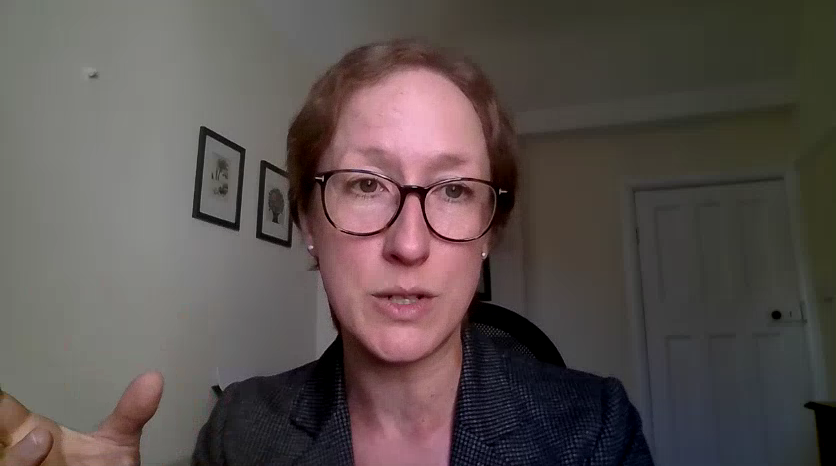From Transition Plans to Capital Flows: What We Learned from the UK Sustainable Finance Webinar
- tiernan83
- Sep 25
- 3 min read
On 25 September, Foresight hosted From Transition Plans to Capital Flows – The UK’s Sustainable Finance Agenda - here’s what stood out.
A Turning Point for UK Transition Finance
The UK is at a critical point in terms of transition finance. With the government consulting on mandatory climate transition plans, whilst considering findings from the Transition Finance Market Review (TFMR), stakeholders across finance and industry are asking:
How do you make transition plans credible for investors?
Can we convert capital interest into deployment in renewables, industrial decarbonisation, and emerging technologies?
What role do risk instruments and public finance bodies play in bridging gaps?
As Oscar put it, “The key to success is around the kind of right signals in terms of good climate policy also accompanied by sustainability disclosures - I think those are the two key drivers”.

His framing underlined that investor confidence depends on clarity, accountability, and alignment between policy and market reality.
Risk Transfer & Insurance: The Enabler for Hard Sectors
Zemfira Knott, Director of Northpoint, a nuclear insurance and risk company, provided a compelling lens on how nuclear projects, deeply capital-intensive and laden with risk, can become investable through insurance and risk structuring. She noted that “Developers of new nuclear technologies know very well that availability of insurance and risk transfer options is crucial for success of their projects… As part of due diligence, investors often look at whether insurance is available and to what level, and also have a comfort knowing that insurers did their due diligence before.”

Her insight underscores a broader message: as we decarbonise more challenging sectors, you can’t just rely on capital. You need tools — insurance, guarantees, de-risking— to manage perceived and real risk and make capital comfortable.
Policy, Systemic Barriers, and the Chair’s Synthesis
When the conversation turned to public financing bodies such as Great British Energy, Rachel reminded the group that “You’ve got to design it in such a way that that actually works. At the moment it could go either way and that really depends on implementation and the specifics.” In her words: the UK needs policy coherence, joined-up strategies, and strong signals to guide capital.

Key Takeaways & What Comes Next
Credibility is crucial: Transition plans must be more than checklist exercises - they need to be measurable, accountable pathways to bankability.
Capital is there but needs more help to flow: Investors want opportunity, but only where risk is properly allocated and managed.
Risk tools are essential. The nuclear case study proved how insurance can unlock capital in tough sectors. This approach is increasingly relevant across hard-to-abate domains.
Public bodies must complement, not compete. Institutions like GBE must act as catalysts for private finance rather than a barrier.
Policy delivery and consistency are the difference-makers. Deployable capital hinges on stable, coherent, long term policy intervention, aligned strategies, and efficient infrastructure development.
If the UK is serious about leading the global sustainable finance arena, the next 12 months must be about execution which turning plans, guidelines, and consultations into deployable, investable assets.
Hungry for further discussion? Join us at The Foresight Event, our all-energy, clean tech show taking place 4-5 February in Liverpool





